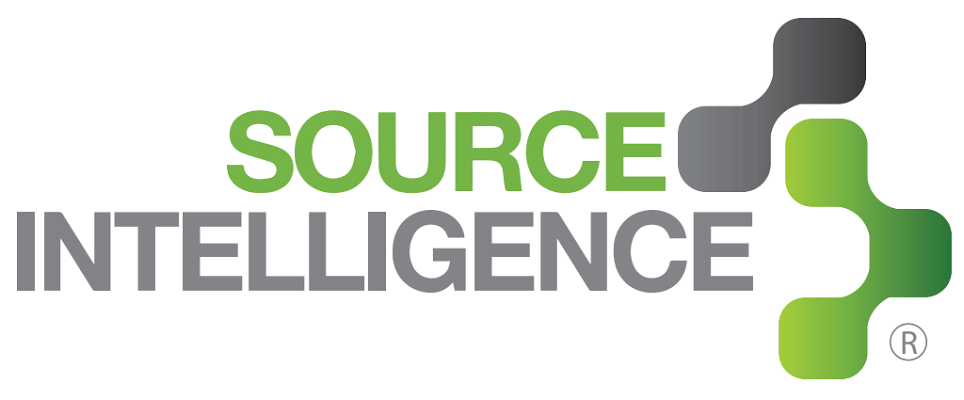Anti-Slavery Sees Signifiant Changes in March
Anti-Slavery Sees Signifiant Changes in March
Anti-Slavery Reporting Approaches
Companies with a financial year ending in Q1 will have to provide their anti-slavery statement by March 31st, 2016 While there is no requirement from companies to project their future efforts, companies must define their efforts over the past year to mitigate slavery within their supply chain. This is vital moving forward for companies operating within the United States as legislation and public awareness about slavery and child labor increases.
Modern Day Slavery Act
In this article published by the National Law Review, support lawyer Gillian M. Dennis expanded on the purpose of the Modern Day Slavery Act (2015)
The objective of the act is to ensure transparency and accountability around the business activities of large organizations, not just to investors but also to other groups including employees, consumers and the public at large.”
Gillian goes on to state that it is extremely important that companies outline their efforts within 6 months of their reporting deadline to ensure a comprehensive and accurate statement.There are many details behind the statement directives. Companies must maximize their preparation time in order to gain a better perspective on what an accurate and compliant statement consists of.
Anti-Slavery Bill Signed
President Obama signed a bill in February that will come into effect as March 2016 closes. This bill was released with the intention of cleaning up slavery within the seafood industry in Thailand. However, changes are poised to expand upon what the Modern Day Slavery Act has already done for slavery and child labor. The Guardian reported the changes to the original bill.
“The Tariff Act of 1930, which gave Customs and Border Protection the authority to seize shipments where forced labour was suspected and block further imports, was last used in 2000, and has been used only 39 times in all, largely because of two words: “consumptive demand” – if there was not sufficient supply to meet domestic demand, imports were allowed regardless of how they were produced. The Trade Facilitation and Trade Enforcement Act signed by Obama on Wednesday eliminated that language, allowing stiffer enforcement.”
Changes in Anti-Slavery
CCTV America just released a news report that expanded on the impact for supply chains and anti-slavery. In February, President Obama recently passed a bill with a provision on supply chain in regards to anti-slavery and child labor. The law had previously worked within a loophole that essentially allowed products produced within slave labor to be allowed into the United States for consumption.
With the revision to this bill, 136 products, 74 countries, and 4 major industries (textiles, coffee, electronics, and clothing) will now be monitored upon entrance into the United States by customs and border protection. While this is by no means a ban on products or products from nations with high percentages of slave labor, this will now allow NGO’s and Labor groups to petition for enforcement. This will be impactful as NGO’s have been increasingly policing slavery and child labor.
Check Your Supply Chain
There are many things that companies can do to prepare for their anti-slavery efforts and public facing statements. It is important to remember that there are many resources companies can utilize when complying with these regulations. If you believe your company may be affected by the UK Modern Day Slavery Act, or would like to learn more about Modern Day Slavery, click here.
Related Articles
Modern Day Slavery: Is Your Company Doing Enough?
Modern Day Slavery Continues To be An Issue: Is Your Company Affected?

